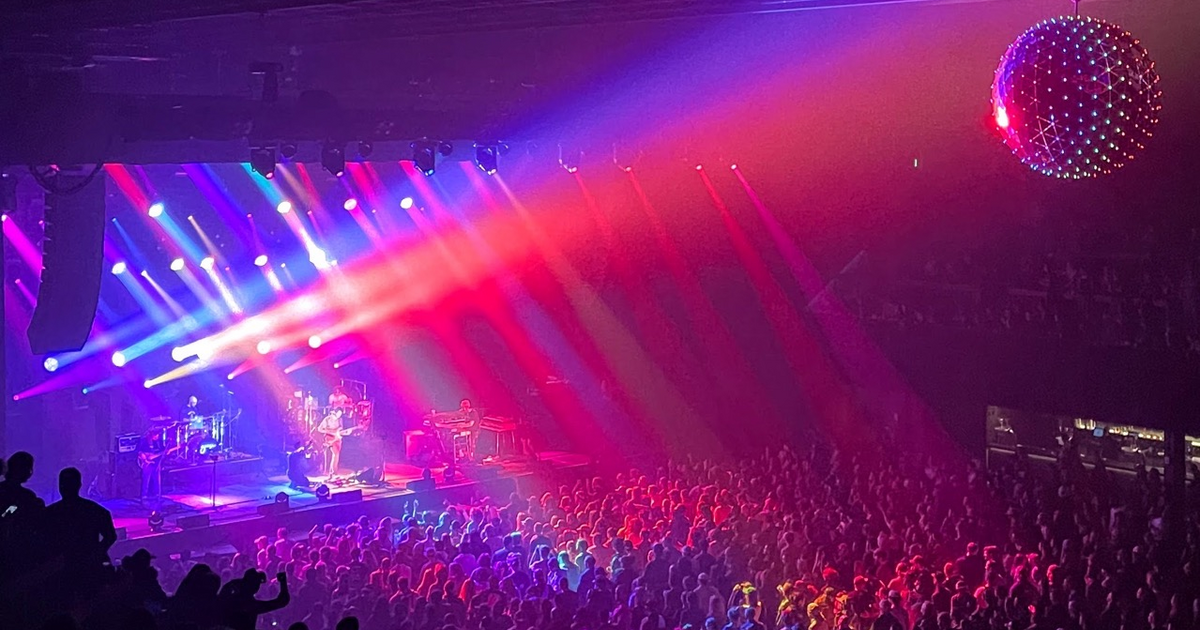R.L. Dane :Debian: :OpenBSD: 🍵 :MiraLovesYou:<p>Since the <a href="https://polymaths.social/tags/png" class="mention hashtag" rel="nofollow noopener" target="_blank">#<span>PNG</span></a> spec is getting some <a href="https://inv.nadeko.net/watch?v=Q1tIl125Y00" rel="nofollow noopener" target="_blank">updates</a>, I was thinking... you know what would be sick? Baking classic <a href="https://polymaths.social/tags/lossy" class="mention hashtag" rel="nofollow noopener" target="_blank">#<span>lossy</span></a> compression right into PNG.</p><p>I don't mean <a href="https://polymaths.social/tags/jpeg" class="mention hashtag" rel="nofollow noopener" target="_blank">#<span>JPEG</span></a> or anything like that. Not even the <a href="https://polymaths.social/tags/lossypng" class="mention hashtag" rel="nofollow noopener" target="_blank">#<span>LossyPNG</span></a> scheme I enjoy using where I reduce the number of colors to reduce the entropy. <em>That</em> wouldn't need any changes to the spec.</p><p>I'm thinking <a href="https://polymaths.social/tags/amiga" class="mention hashtag" rel="nofollow noopener" target="_blank">#<span>Amiga</span></a> <a href="https://en.wikipedia.org/wiki/Hold-And-Modify" rel="nofollow noopener" target="_blank">HAM</a> modes! Instant 3:1 (well, 2.4:1) lossy compression with (hopefully) minimal artifacting. That would be SICK!</p><p>Makes me want to throw together a Python script or something to read PNG files, apply the HAM "compression," and then see how the output looks. It wouldn't provide much compression savings with regular PNG, it would need a change to the format. But since I never had an Amiga, I'm curious to see how it looks, and how well it might scale to modern image resolutions.</p><p>Conceptually, it's not much different than 3:1 horizontal chroma subsampling, but might actually look a lot better.</p><p><em>Quick explainer: instead of having a 24-bit-per-pixel image, you have a 10-bit-per-pixel image, where the first two bits are a mode selector, and the last 8 bits are the actual pixel data. The modes are Hold and Modify{R,G,B}. Modify{R,G,B} modify just the red, green, or blue component of the 24-bit color for that pixel with the 8 bits specified. The modify mode assigns that pixel to be equivalent to the 8-bit value from a pre-defined palette or some pre-defined bit-assignment mode like RRRGGGBB or something. So basically, the horizontal color resolution is divided by 3, but sometimes you get lucky and there's no noticeable loss.</em></p><p><a href="https://polymaths.social/tags/holdandmodify" class="mention hashtag" rel="nofollow noopener" target="_blank">#<span>HoldAndModify</span></a> <a href="https://polymaths.social/tags/imaging" class="mention hashtag" rel="nofollow noopener" target="_blank">#<span>Imaging</span></a></p>
shakedown.social is one of the many independent Mastodon servers you can use to participate in the fediverse.

A community for live music fans with roots in the jam scene. Shakedown Social is run by a team of volunteers (led by @clifff and @sethadam1) and funded by donations.
Administered by:
Server stats:
271active users
shakedown.social: About · Status · Profiles directory · Privacy policy
Mastodon: About · Get the app · Keyboard shortcuts · View source code · v4.4.2
#holdandmodify
0 posts · 0 participants · 0 posts today
TrendingLive feeds
Mastodon is the best way to keep up with what's happening.
Follow anyone across the fediverse and see it all in chronological order. No algorithms, ads, or clickbait in sight.
Create accountLoginDrag & drop to upload